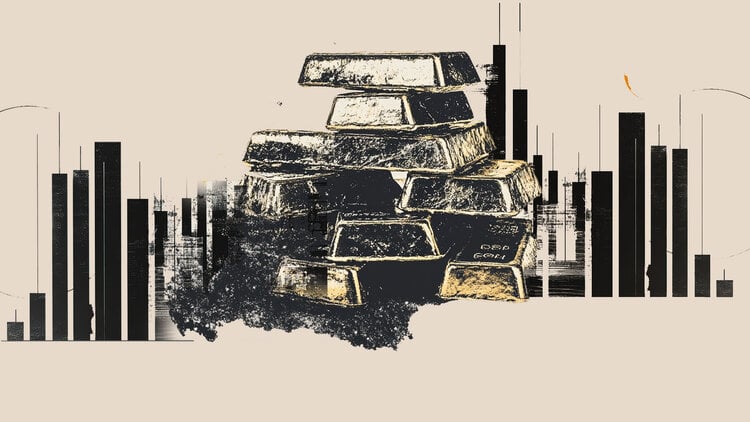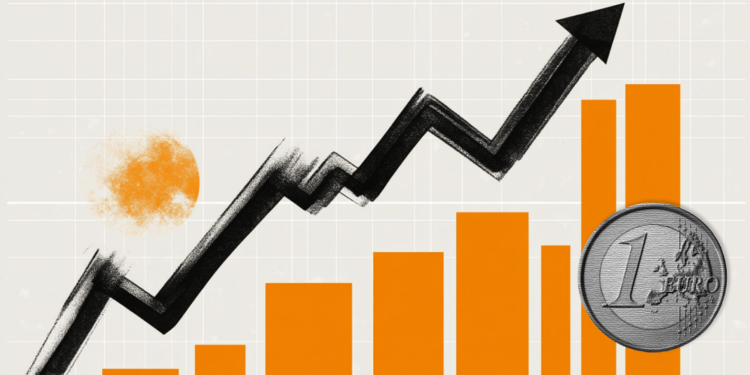The governor of the Federal Reserve, Christopher Waller, said Thursday night that he continues to believe that the Fed should cut its interest rate objective at the July meeting, citing growing economic risks and the strong probability that tariff induced inflation does not boost a persistent increase in price pressures, according to Reuters.
Outstanding comments
The Fed should cut interest rates at 25 basic points at the July meeting.
The growing risks for the economy favor relief in the policy rate.
If the underlying inflation remains controlled and the growth is warm, more cuts will be needed.
The Fed should not wait until the labor market in front of problems before cutting rates.
Delaying cuts runs the risk of needing a more aggressive action later.
The evidence accumulates that the labor market is weakening.
Tariffs will probably have a temporary impact that Fed can ignore.
A rate cut in July could give the Fed Space to keep the rates during some meetings.
Without the impact of tariffs, inflation is close to the goal of 2% of the Fed.
Tariffs will increase short -term inflation.
The risks include an economic slowdown with a GDP about 1%.
The economy requires a monetary policy closer to a neutral adjustment.
The impact of tariffs is expected to fade next year.
The data suggests that the labor market is “on the edge”.
The upward risks for inflation are limited.
A 10% sustained tariff will probably increase inflation by 0.75% –1% this year.
The hiring in the private sector is “almost at stagnation speed.”
Market reaction
At the time of writing, the American dollar index (DXY) is quoting 0.14% lower in the day, quoting at 98.52.
Fed – Frequently Questions
The monetary policy of the United States is directed by the Federal Reserve (FED). The Fed has two mandates: to achieve prices stability and promote full employment. Its main tool to achieve these objectives is to adjust interest rates. When prices rise too quickly and inflation exceeds the objective of 2% set by the Federal Reserve, it rises interest rates, increasing the costs of loans throughout the economy. This translates into a strengthening of the US dollar (USD), since it makes the United States a more attractive place for international investors to place their money. When inflation falls below 2% or the unemployment rate is too high, the Federal Reserve can lower interest rates to foster indebtedness, which weighs on the green ticket.
The Federal Reserve (FED) celebrates eight meetings per year, in which the Federal Open Market Committee (FOMC) evaluates the economic situation and makes monetary policy decisions. The FOMC is made up of twelve officials of the Federal Reserve: the seven members of the Council of Governors, the president of the Bank of the Federal Reserve of New York and four of the eleven presidents of the regional banks of the Reserve, who exercise their positions for a year in a rotary form.
In extreme situations, the Federal Reserve can resort to a policy called Quantitative Easing (QE). The QE is the process by which the Fed substantially increases the flow of credit in a stuck financial system. It is a non -standard policy measure used during crises or when inflation is extremely low. It was the weapon chosen by the Fed during the great financial crisis of 2008. It is that the Fed prints more dollars and uses them to buy high quality bonds of financial institutions. The one usually weakens the US dollar.
The quantitative hardening (QT) is the inverse process to the QE, for which the Federal Reserve stops buying bonds from financial institutions and does not reinvote the capital of the bonds that it has in portfolio that they expire, to buy new bonds. It is usually positive for the value of the US dollar.
Source: Fx Street
I am Joshua Winder, a senior-level journalist and editor at World Stock Market. I specialize in covering news related to the stock market and economic trends. With more than 8 years of experience in this field, I have become an expert in financial reporting.






